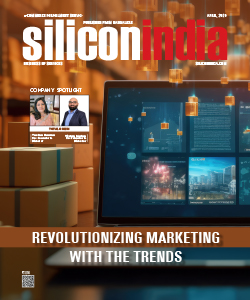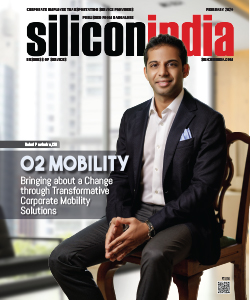By 2016 More than 50 Percent of Mobile Apps Deployed Will be Hybrid: Gartner
![]() Bangalore: Gartner said that hybrid apps, which offer a balance between HTML5-based web apps and native apps, will be used in more than 50 percent of mobile apps by 2016.
Bangalore: Gartner said that hybrid apps, which offer a balance between HTML5-based web apps and native apps, will be used in more than 50 percent of mobile apps by 2016.
While native application development offers the ultimate user experience and performance for mobile applications, the trade-off is often a fragmented set of development tools and multiple versions of an application to serve the same user need – because different versions must be made for each type of device or operating system. However, the promise of HTML5 with offline capabilities and animation-rich tools fell short of expectations, causing developers to consider hybrid architectures to better leverage mobile device capabilities.
“The BYOD trend and the increased pressure on organizations to deploy mobile applications to accommodate mobile work styles of employees will lead businesses to manage a portfolio of mobile application architectures, and hybrid architectures will be especially well-suited to business-to-employee applications,” said Van Baker, research vice president at Gartner.
While mobile becomes a requirement for everything, there is no single device that will meet all needs. Gartner forecasts that by the end of 2013, mobile phones will overtake PCs as the most common web access device worldwide and by 2016, PC shipments will be less than 50 percent of combined PC and tablet shipments.
“The implications for IT is that the era of PC dominance with Windows as the single platform will be replaced with a post-PC era where Windows is one of a variety of environments that IT will need to support,” said Baker.
In parallel, a wide variety of devices that provide alternate methods of access will proliferate, including set-top boxes, internet TVs, appliances, and wearable personal devices. All these devices will demand support from the business, and therefore a multi-device strategy is necessary and will need to be integrated into existing applications and architectures – not added separately.
“While hybrid apps will be the majority of enterprise mobile apps, web technologies like HTML5 will make up the most commonly used languages for building mobile applications by 2015,” said David Mitchell Smith, vice president and Gartner Fellow. However, different requirements for consumer (B2C) and enterprise (B2E) scenarios will result in very different uses of native, web and hybrid approaches.
“We recommend organizations are open to augmentations to the Web (such as hybrid Application Development) to deploy on mobile today, with the goal that more should be done without those augmentations after 2015,” said Smith. “Organizations also need to continue to develop web technology skills, find the right uses for promising new technologies and approaches like HTML5, and deal with the uncertainty and speed of the consumer-driven mobile landscape. All the while it’s important to maintain IT governance while increasing productivity and usability.”
Also Read: 5 Best Enterprise-Ready Antivirus Software
Also Read: Microsoft's Satya Nadella Challenges Amazon With a New Cloud Service



